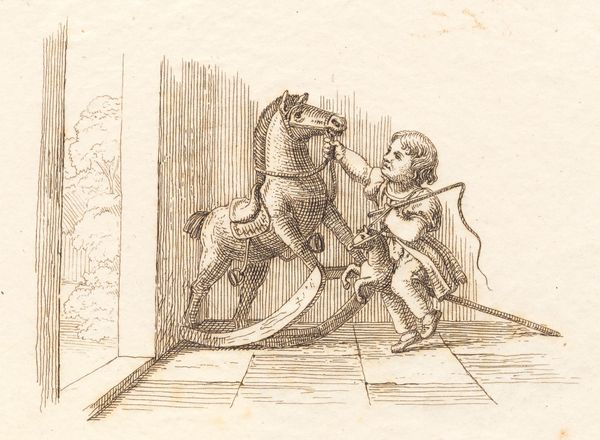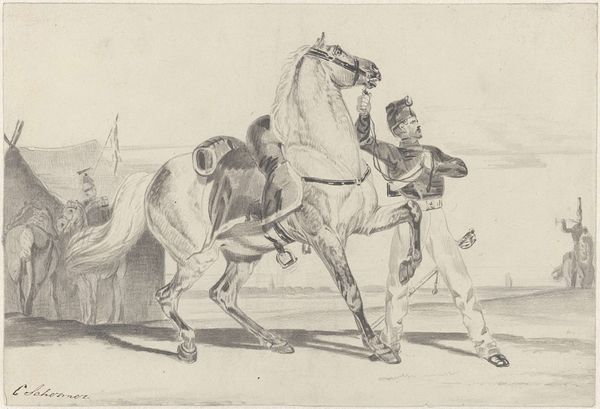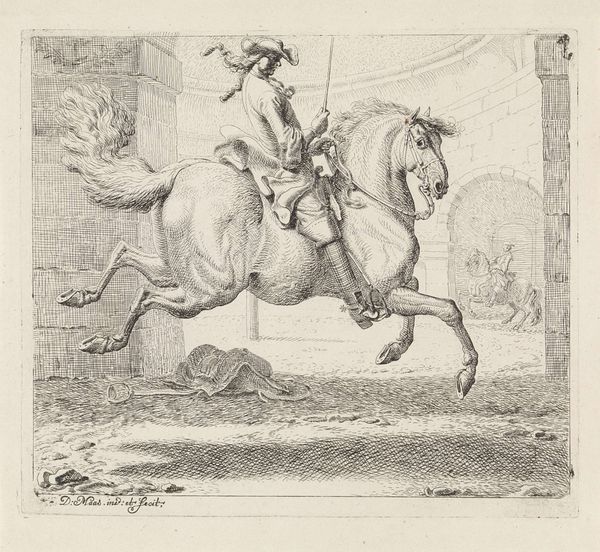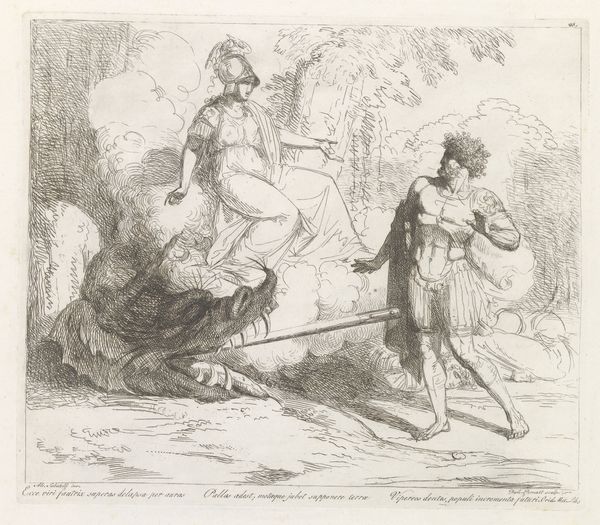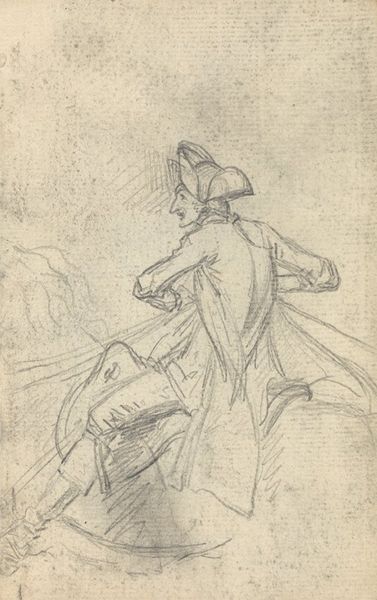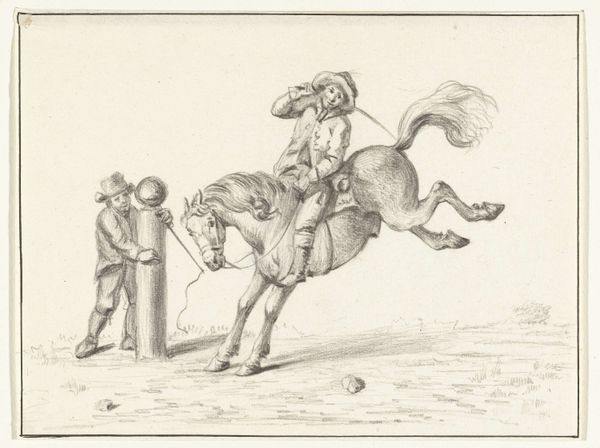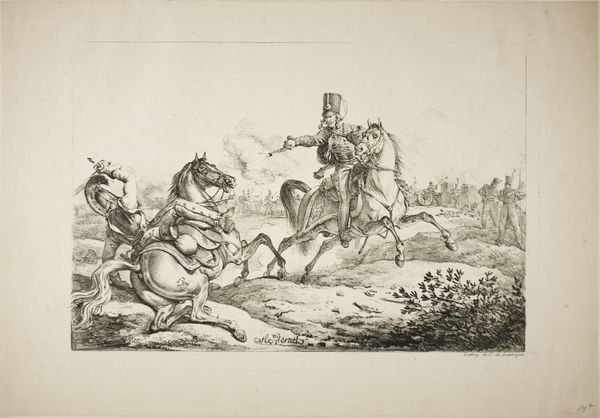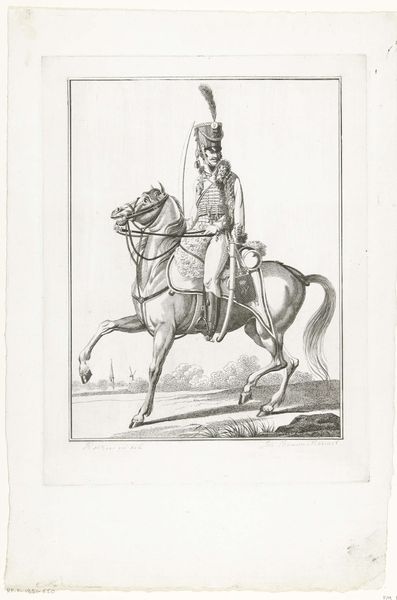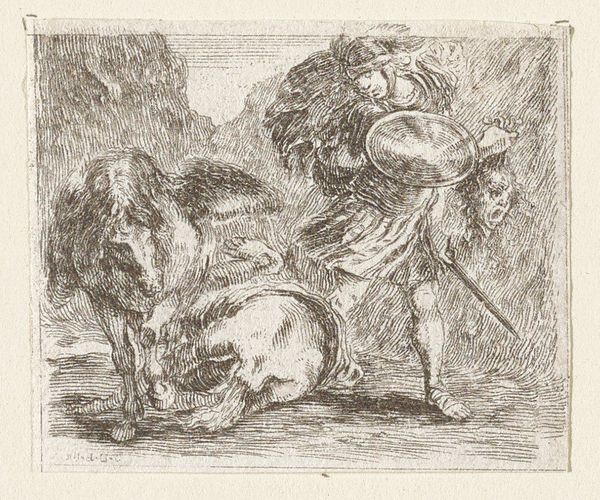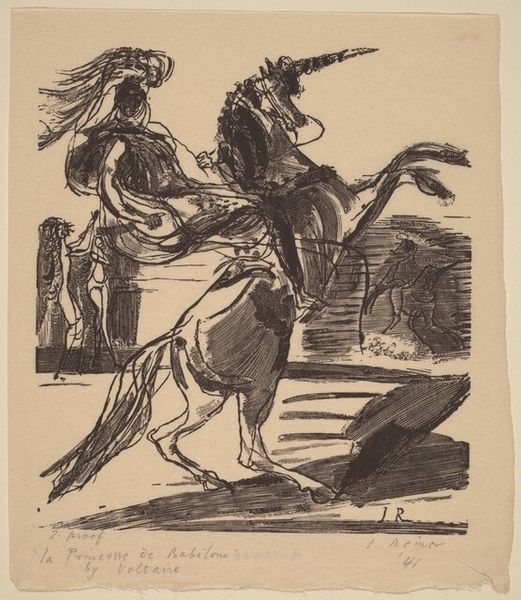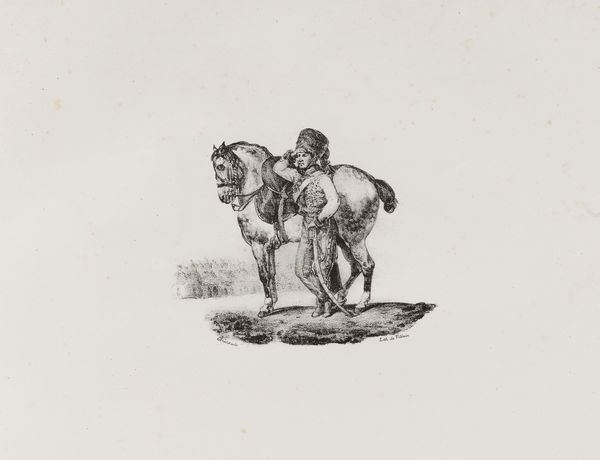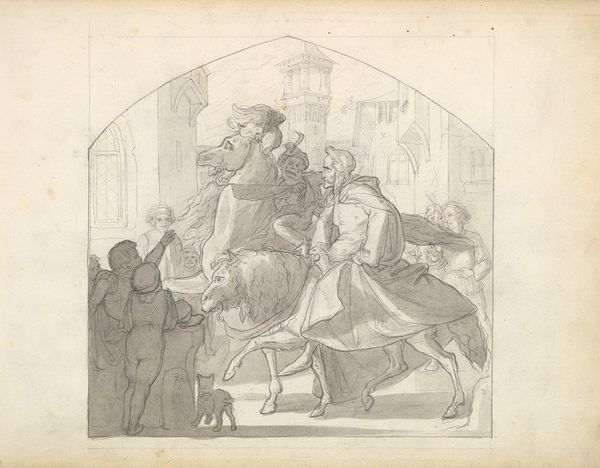
Illustration til "Halvhundrede Fabler for Børn" af Hey 1834
0:00
0:00
print, engraving
#
narrative-art
# print
#
figuration
#
romanticism
#
engraving
Dimensions: 147 mm (height) x 260 mm (width) (bladmaal)
Editor: This is an engraving from 1834 by Martinus Rørbye, an illustration for "Halvhundrede Fabler for Børn" af Hey, meaning "Fifty Fables for Children". It has a very intimate, domestic feel to it. The details in the shading give real volume to the forms in such a small format, it’s wonderful. What catches your eye in this piece? Curator: I'm immediately drawn to the materials used – or, more accurately, how Rørbye coaxes so much texture and dimension from engraving, a reproductive medium that relies on skillful labor. Consider the context: the early 19th century saw the rise of print culture alongside industrialization. This image wasn't intended as high art; it's a humble illustration in a children's book, made using mass production methods, that were disseminated for widespread consumption. The very labor invested in creating the copperplate or woodblock becomes interesting, don't you think? Editor: Absolutely. I hadn't really considered that aspect. It's interesting to think of engraving, usually associated with replicating art, as a process with its own form of artistic labor. Curator: Indeed. How does the availability and reach of such printed material change social values, maybe? What is it doing, culturally? Editor: It brings the story and its themes to a wider audience, certainly. A family who buys this book will own this image. Curator: Precisely! So we consider not just artistic talent or beauty here, but material impact, circulation, the very consumption of images. In an age fixated on the handmade versus machine-made, consider the impact that had and continues to have! Editor: I never really thought about children’s book illustrations having so many connections to larger concepts of manufacturing and economics. That definitely changed the way I think about prints. Curator: Me too! There’s much to think about how art functions when we move past the purely aesthetic.
Comments
No comments
Be the first to comment and join the conversation on the ultimate creative platform.
